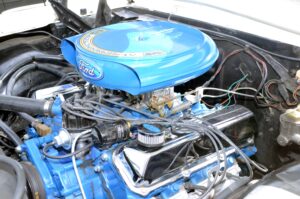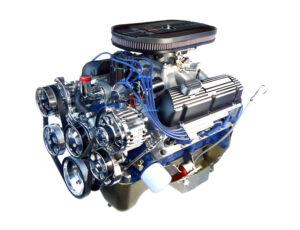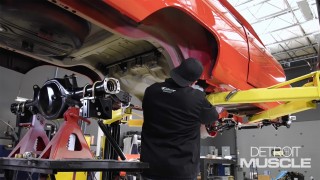How To Test An Engine’s Health
Whenever you purchase a used vehicle, whether you’re using it for a project or daily driver, the motor will definitely have some miles on it. The trick is, figuring out how many. Usually, the previous owner will tell you it’s been driven easy and has low mileage but that’s not always the case. And since the mileage plays a big part in engine health and therefore can determine how much you should pay for the vehicle, here are a few tests you can run to get a health report on an older engine.
If the engine is still in the vehicle or can be started up on a stand, start it up and let it run for a bit while seeing what comes out of the tailpipes. Hopefully, you don’t see anything but if you do see some light blue smoke that’s an indication the engine could be burning oil.
If you want a more scientific method, a compression tester is the tool for the job. As the crankshaft rotates and the piston moves up and down, it’ll trap air from the atmosphere and compress it. In order to compress the air enough, several parts need to be working up to par. It needs a good finish on the cylinder wall, good piston rings, good valve seals, and of course a good head gasket. Depending on what style of engine you have and what mods have been done, the reading could vary. But for a stock small-block Chevy like the C10, the reading should be somewhere between 140 and 180 psi if everything is working perfectly.
To conduct a compression test, first pull the spark plugs out. Then disconnect the power going to the ignition coil and the throttle plate needs to be held open for the duration of the test. With the adapter threaded into the head and the gauge connected crank over the engine until the gauge stabilizes. Then record the value and repeat for all 8 cylinders.









